Apple saw its U.S. PC marketshare rise from 9.9 percent to 13.7 percent in the holiday quarter year-over-year, according to data just released from Gartner. The 28.5 percent rise shows a substantial increase in Mac sales, largely at the expense of HP and Toshiba.
Dell and Lenovo are the only other PC firms who saw significant rises in marketshare in the quarter.
In the U.S., PC shipments totaled 15.8 million units in the fourth quarter of 2013, a 7.5 percent decline from the fourth quarter of 2012 (see Table 2). Despite a 10.3 percent decline in shipments, HP continued to be the No. 1 vendor in the U.S., as it accounted for 26.5 percent of shipments.
"Holiday sales of technology products were strong in the U.S. market, but consumer spending during the holidays did not come back to PCs as tablets were one of the hottest holiday items," said Ms. Kitagawa. "We think that the U.S. PC market has bottomed out. A variety of new form factors, such as hybrid notebooks, drew holiday shoppers' attention, but the market size was very small at the time. Lowering the price point of thin and light products started encouraging the PC replacement and potentially some PC growth in 2014."

The U.S. PC market fared slightly worse than the global market, dropping 7.5 percent in unit sales, from 17.07 million units last year to 15.8 million units this year. Continuing a trend from the last several quarters, tablets have continued to eat into PC sales and though hybrid tablet-notebooks have appealed to some shoppers, the market size for those devices remains very small. As a result of the demand for tablets, the overall PC market saw its worst unit decline in history.
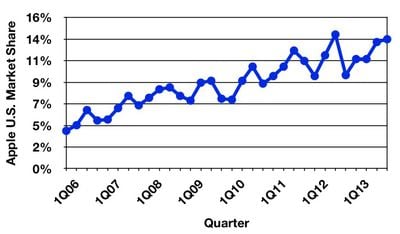
It's important to note that this data is preliminary -- last year, Gartner revised its preliminary Apple numbers from 12.3% down to 9.9%, likely because last year the newly introduced iMac was in extremely short supply.
Apple's US PC marketshare has seen consistent growth over the past seven years, rising from just under 5 percent to the current 13.7 percent.
Update: IDC has released its own estimates of PC shipments for the fourth quarter of 2013, painting a very different picture of Apple's performance. According to IDC, Apple shipped only 1.6 million Macs in the U.S. during the quarter, compared to Gartner's estimate approaching 2.2 million units. IDC's estimate puts Apple's share of the U.S. market at 9.3%, with the company falling into fourth place after being passed by Lenovo.
Apple will report its official earnings for the quarter on January 27, providing some insight into whether Gartner's or IDC's estimates are closer to reality.


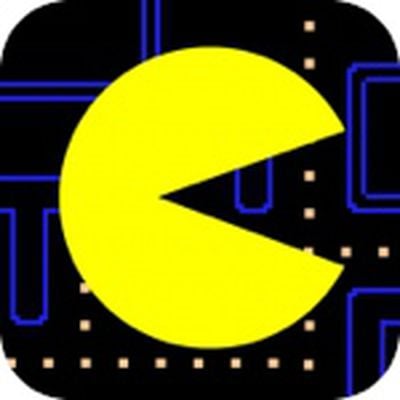 Namco Bandai’s classic PAC-MAN app has been named Apple's App of the Week, and as a result, it is available for free for the first time since its initial 2011 release.
Namco Bandai’s classic PAC-MAN app has been named Apple's App of the Week, and as a result, it is available for free for the first time since its initial 2011 release.
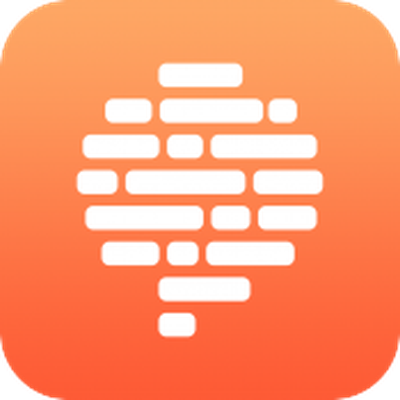 With the image-based Snapchat reaching huge levels of popularity with its ephemeral image and video messaging,
With the image-based Snapchat reaching huge levels of popularity with its ephemeral image and video messaging, 
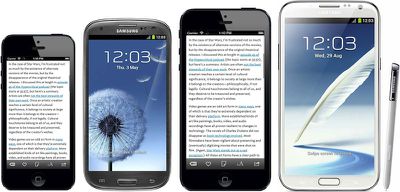

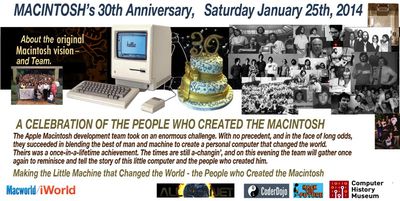

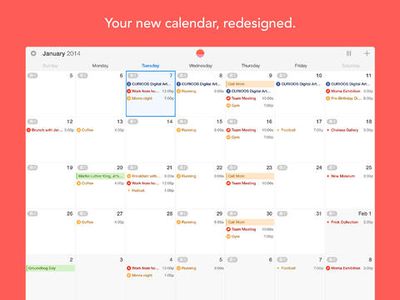
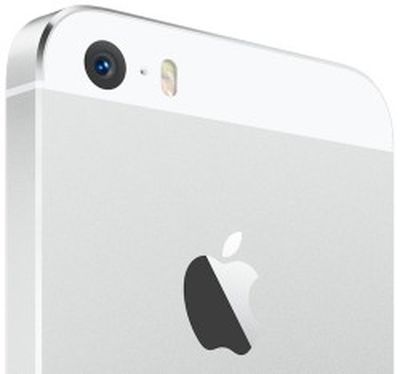 iPhone camera module supplier Largan Precision saw its stock take a significant dip yesterday amid rumors that Apple will not be upgrading the resolution of the rear camera for the iPhone 6 later this year,
iPhone camera module supplier Largan Precision saw its stock take a significant dip yesterday amid rumors that Apple will not be upgrading the resolution of the rear camera for the iPhone 6 later this year, 
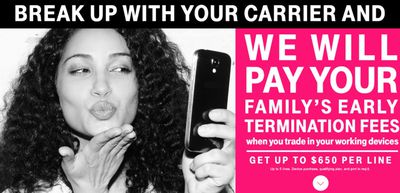




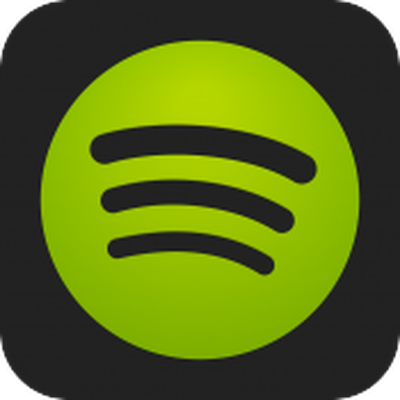 Spotify's new free listening tier for smartphone customers,
Spotify's new free listening tier for smartphone customers, 











